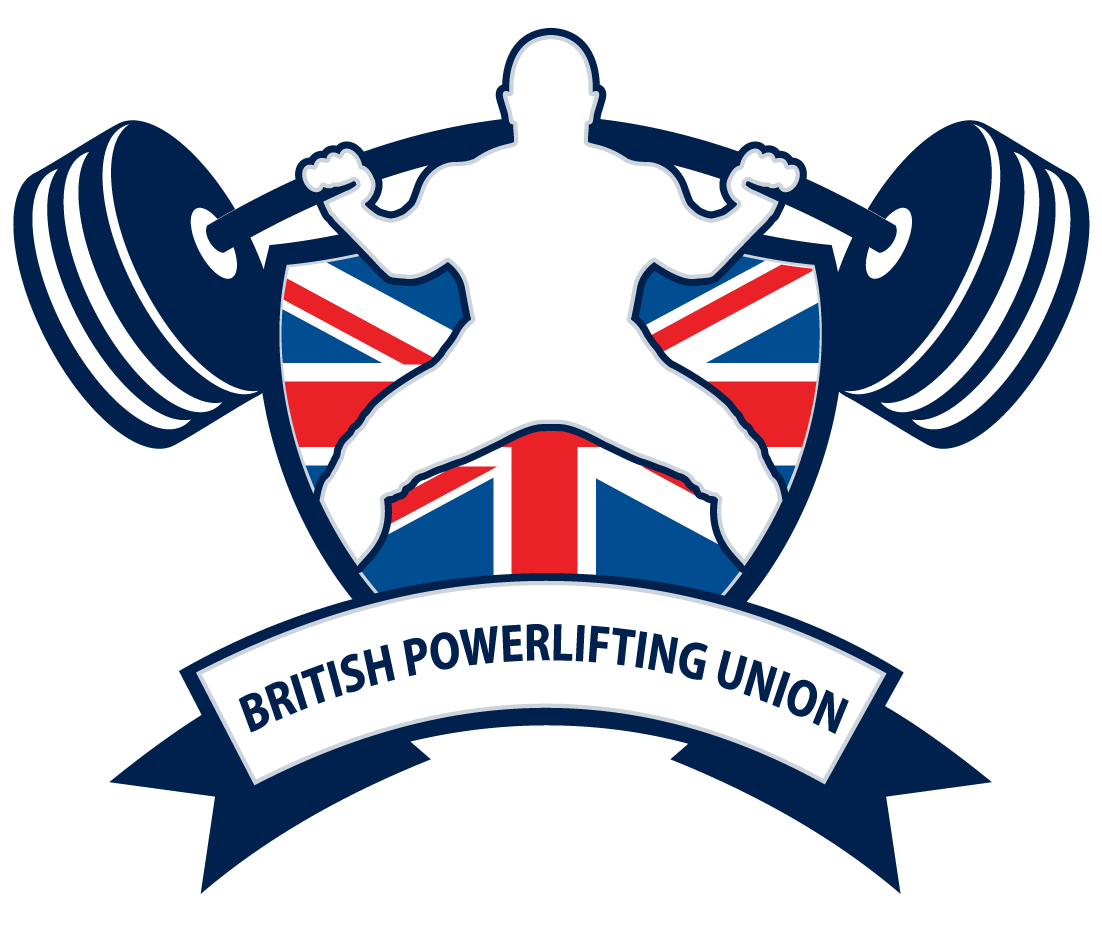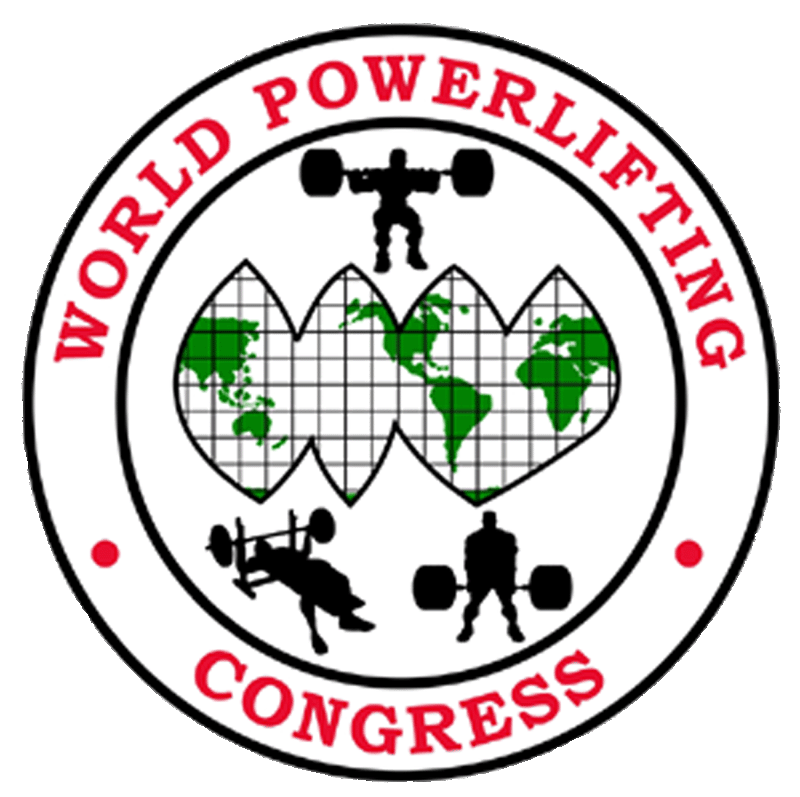The squat:
- After removing the bar from the racks while facing the front of the platform, the lifter may move forward or backward to establish the lifting position. The top of the bar not more than 3cm below the top of the anterior deltoids. The bar shall be held horizontally across the shoulders with the hands and/or fingers gripping the bar, and the feet flat upon the platform with the knees locked (see Diagram 1).
- The lifter shall wait in this position for the head referee’s signal. The signal will be given as soon as the lifter is set and demonstrates control with the bar properly positioned. The head referee’s signal shall consist of a downward movement of the arm and audible command “Squat”.
- Upon receiving the head referee’s signal, the lifter must bend the knees and lower the body until the top surface of the legs at the hip joint are lower than the top of knees. (See Diagrams 1, 2, 3 and 4).
- The lifter must recover at will, without double bouncing, to an upright position with the knees locked. The bar may stop, but there must be no downward motion during recovery. As soon as the lifter demonstrates a controlled final position, the head referee will give the signal indicating completion of the lift and to replace the bar.
- The signal to replace the bar will consist of a backward motion of the arm and the audible command ”Rack”. The lifter must then make a bona fide attempt to return the bar to the racks.
- The lifter shall face the front of the platform, towards the head referee.
- The lifter shall not hold the collars or discs at any time during the performance of the lift. However, the edge of the hands gripping the bar may be in contact with the inner surface of the collar.
- Not more than five and not less than two loaders/spotters shall be on the platform at any time. The head referee may at their discretion for lifter safety in addition to or instead of Meet Promoter designated loaders/spotters designate additional loaders/spotters, providing the maximum of five is not exceeded. Only designated spotters may remain on the platform during the lift.
- The lifter may enlist the help of spotters in removing the bar from the racks; however, once the bar has cleared the racks, the spotters shall not physically assist the lifter with regards to actually getting into the proper set position. The spotters may assist the lifter to maintain control should the lifter stumble or demonstrate any evident instability.
- The lifter will be allowed only one commencement signal per attempt.
- The lifter may be given an additional attempt at the same weight at the head referee’s discretion if failure in an attempt was due to any error by one or more of the spotters.


